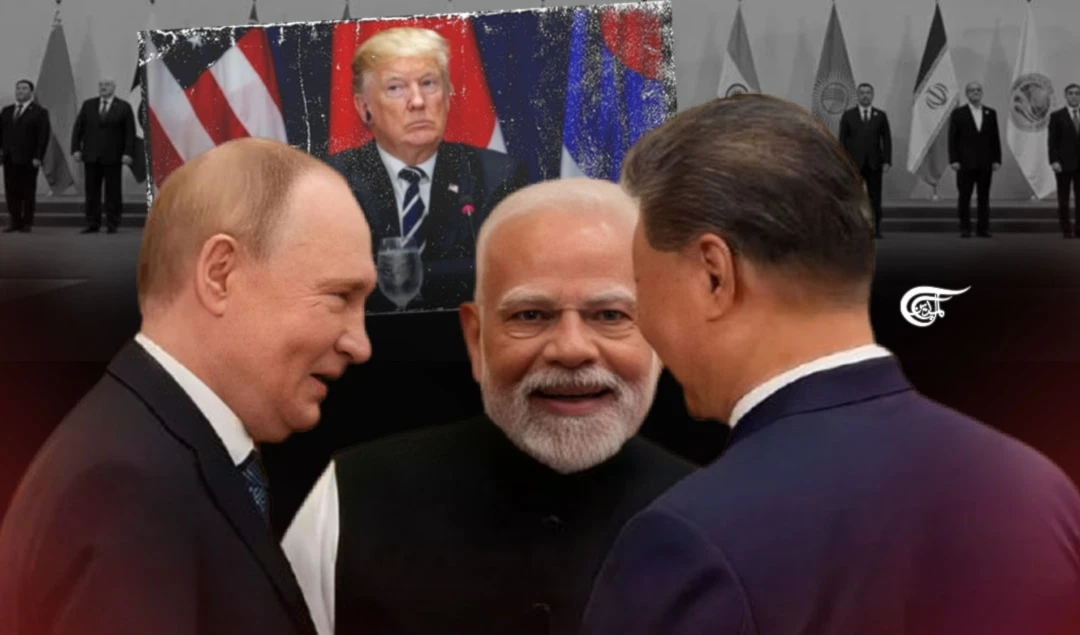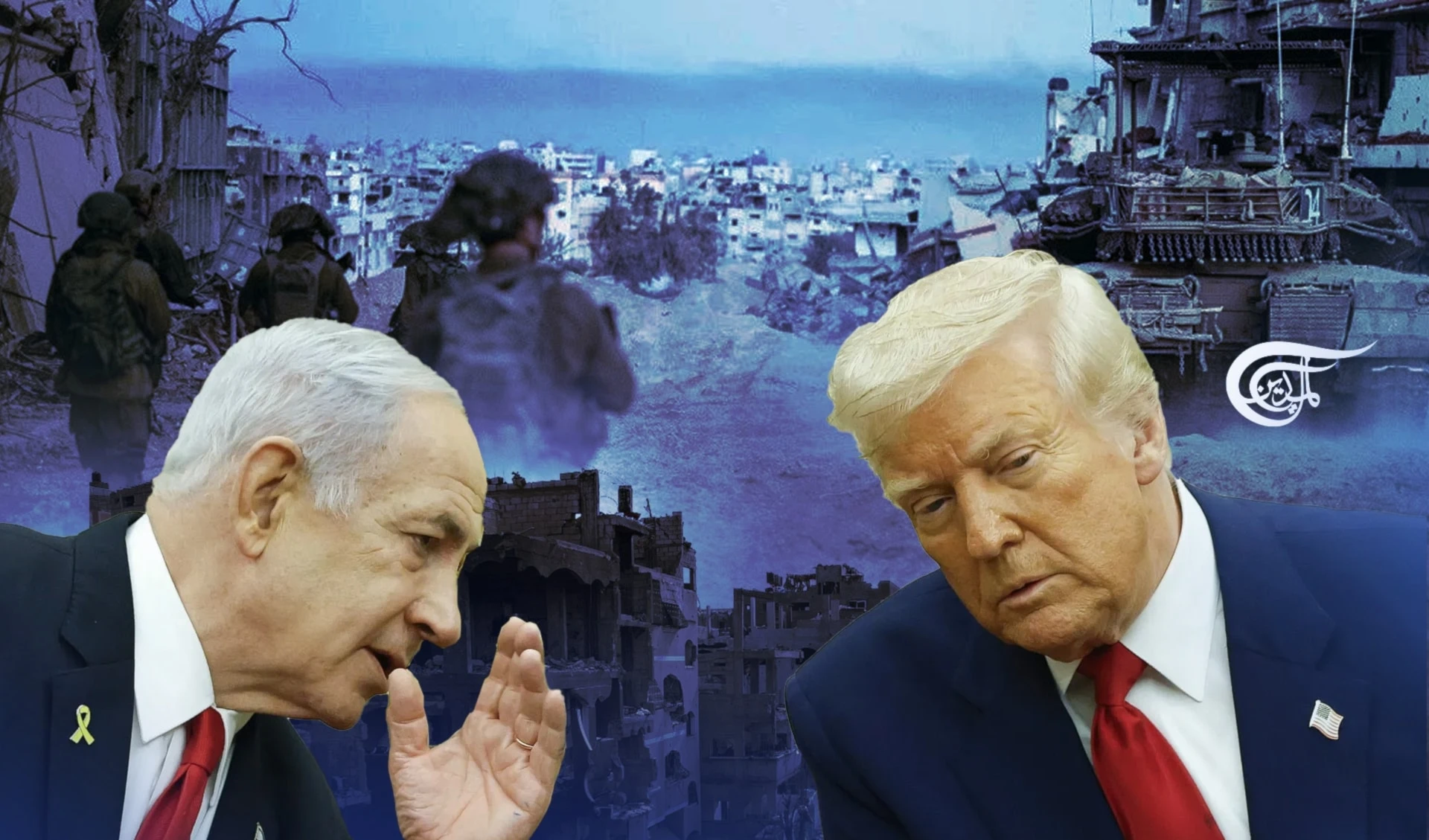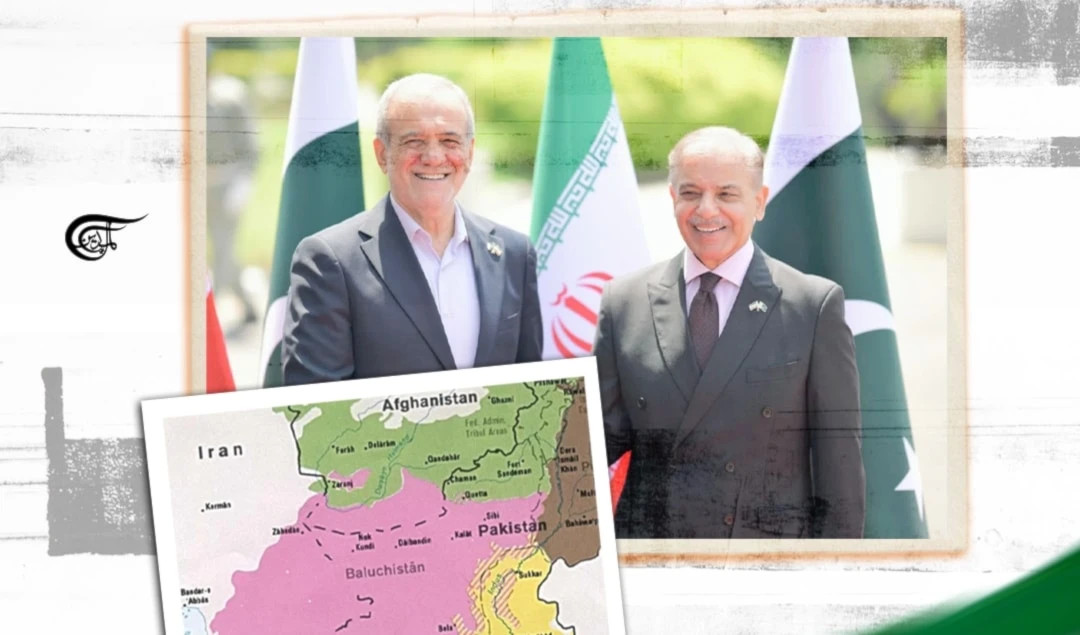Iran-Pakistan 'peace gas pipeline' gains momentum
The US threatened Pakistan in 2013 with economic sanctions over the IP project, pleading that it had supported international sanctions against Iran's energy exports due to its nuclear program.
-

Iran had already finished its part of the pipeline, which ran from the Pars energy economic zone for more than 1,100 kilometers
The Iran-Pakistan gas pipeline project, which has been on hold for more than 10 years because of US sanctions on Iran and Pakistan's unstable economy, has been brought back to life as Pakistan starts making diplomatic efforts to get the long-running energy project revived and provide energy-deficient Pakistan with a sustained gas supply.
Last Month, Iran warned Pakistan that if Islamabad doesn't finish its part of the project by March 2024, it will take the matter to an arbitration tribunal for registering a damages suit. Iran claims to have sustained a loss of $18 billion due to Islamabad's lethargy in completing its part of the project.
Renewed activities
After Iran said it might go to arbitration, Pakistan moved quickly to hedge its bets and made decisions that had been avoided before. Earlier this month, different things started to happen that showed that Islamabad was once again committed to finishing the project quickly.
The Public Accounts Committee (PAC) was informed by Ali Raza Bhutta, Pakistan's secretary of petroleum, that Islamabad had spoken with US representatives about the gas project and requested that they either lift the sanctions against Iran or reimburse Tehran for the loss it suffered because the pipeline was still not built in Pakistan.
Just hours later, in early March, the lower house's Foreign Affairs Committee demanded that the administration removes the obstacles in the IP project so that work on its part of the pipeline could be finished by March 2024 to avoid a possible damage claim of $18 billion.
Mohsin Dawar, Chairperson of the committee said that even though Iran was subject to sanctions, several regional nations have been permitted to conduct trade with Iran. Unfortunately, he continued, Pakistan was unable to secure such authorization for trade with its western neighbor. He asked officials from the commerce and international affairs ministries to pursue options aggressively to secure waivers on oil trading with Iran like what India and China had done.
The crisis fueled by Iran's decision to use the penalties clause of the Gas Sales Purchase Agreement (GSPA) that the two countries signed in 2009 led Pakistan's government to decide to send an official delegation to Iran last month. The goal was to calm down the situation and convince the Iranian government not to sue Pakistan for damages under the GSPA. In terms of the agreement, Pakistan was required to construct a 781-kilometer-long pipeline from the Iranian border to the district of Nawabshah in the interior of Sindh by 2014.
GSP Agreement
According to the terms of the IP-GSPA signed between Iran and Pakistan, each country was obligated to construct a portion of the pipeline on its own territory, and the first flow of Iranian gas to Pakistan was planned to start on January 1, 2015. The agreement stated that Pakistan would pay Iran $1 million per day in exchange for 750 million cubic feet of gas per day over 25 years.
Iran had already finished its part of the pipeline, which ran from the Pars energy economic zone for more than 1,100 kilometers. It goes to Iranshahr and Bushehr and then continues through Fars, Kerman, Hormozgan, and Sistan-Baluchistan.
But Pakistan hasn't built its part, mostly because the US has put economic sanctions on Iran for its alleged nuclear weapons program. The anti-Iran bloc and the US sanctions discouraged meaningful Iran-Pakistan cooperation for mutual benefit. The geopolitical risk has also made Pakistani banks unwilling to finance the project.
The US intimidations
The US threatened Pakistan in 2013 with economic sanctions over the IP project, pleading that it had supported international sanctions against Iran's energy exports due to its nuclear program, and for this reason, it was concerned about the gas pipeline.
At that time, Iran's president, Mahmoud Ahmadinejad, had denied the US claim, saying that the gas pipeline had nothing to do with the country's nuclear program. "Foreign groups that don't want Pakistan and Iran to get ahead have found an excuse in our nuclear program." Ahmadinejad went on to say that the gas pipeline and the nuclear case are unrelated, noting that natural gas cannot be used to make atomic bombs.
The Pakistani authorities also reacted negatively to the threat. The western press cited Asif Ali Zardari, a former president of Pakistan, as saying that the IP pipeline was more about economic survival. "We have to be economically sound, and the IP gas pipeline is a lifeline for Pakistan, given Islamabad's energy problems," he added.
Peace gas pipeline
The IP Gas Pipeline, which is 2,735 kilometers (1,700 miles) long and is often called the "Peace Pipeline," was first thought of in 1994, when India was also involved in the project.
The first plan for the $7.5 billion project said that gas from the South Pars Gas Fields would be sent to India through Balochistan in western Pakistan. Since the project started, there have been several problems that have kept putting off the completion of a natural gas project that Pakistan badly needs because it doesn't have enough energy.
In 2008, the three countries were close to making a deal, but India decided to move forward with the Turkmenistan-Afghanistan-Pakistan-India (TAPI) pipeline. Because of US sanctions and pressure on Iran, India seems to have decided to leave the IP gas pipeline agreement and look for an alternative that doesn't involve Iran.
A 25-year Gas Sale and Purchase Agreement was negotiated in 2009 to construct a pipeline that would go from the Iranian border to Nawabshah, a distance of 781 kilometers. The pipeline was supposed to go 665 km through Pakistan’s side of Balochistan and 115 km through Sindh province. The pipeline runs over 1,100 kilometers in Iran, from the Pars gasfield to the Pakistani border area in Balochistan.
Once completed, the IP gas pipeline was supposed to provide 750 million cubic feet of gas per day from Iran to Islamabad. According to the deal, gas shipments from Iran would start in 2014. But during the previous nine years, this hypothesis has proven to be a pipe dream and has not materialized.

 F.M. Shakil
F.M. Shakil
 6 Min Read
6 Min Read











